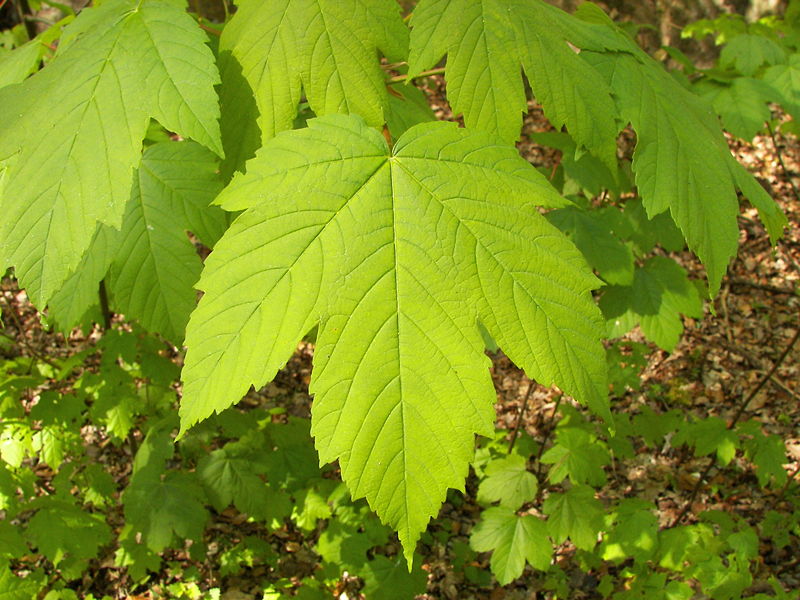 When they're at work photosynthesising, tree leaves stay at the same temperature whether the air outside is freezing cold or boiling hot, according to researchers at the University of Pennsylvania publishing in Nature.
When they're at work photosynthesising, tree leaves stay at the same temperature whether the air outside is freezing cold or boiling hot, according to researchers at the University of Pennsylvania publishing in Nature.
Suzanna Richter and Brent Helliker analysed 39 tree species from icy northern Canada to hot Puerto Rico, looking at the ratios of isotopes of oxygen in their wood, which would have been fixed just after photosynthesis in the leaves. According to theory, oxygen-18 to oxygen-16 ratios in tree rings ought to vary with temperature and humidity, a concept which has been used to deduce details of a region's climate over millions of years.
But the researchers found that the temperature of modern tree leaves as suggested by the oxygen isotope record was a fairly constant 21.4 degrees C, even though weather station measurements showed air temperatures had actually dipped to -10 degrees.
Trees in northern regions have probably evolved to clump their leaves together, keeping them close together to mitigate the effects of cold, and perhaps trapping a layer of air which acts like a blanket, says Helliker. Other leaves change their angle relative to the sun to cool off if it's too hot, or use fine hairs as a 'sunscreen'. They can also sweat, losing water in order to cool down.
Keeping temperature constant when photosynthesising is important, as too much heat may destroy cell membranes, while enzymes may not work efficiently when it's to cold.
The discovery of the leaf thermostat may throw questions on how we use tree rings to model the climate of the past and how we think plants will respond to climate change.










Comments
Add a comment